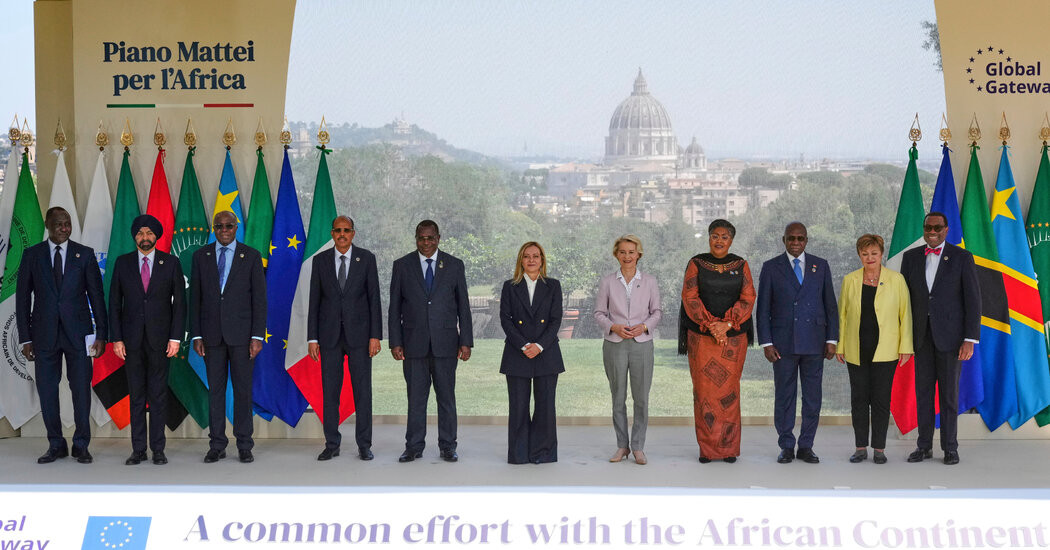

With developing nations crushed by unaffordable borrowing and Washington on the sidelines, some leaders are brokering debt forgiveness deals.
At a summit meeting in Rome last month, Prime Minister Giorgia Meloni of Italy announced that the European Union was working on a multimillion-dollar plan to provide Africa with some debt relief. The move followed a $15.5 million bailout of Syria by Saudi Arabia and Qatar, erasing the war-torn country’s debt to the World Bank and helping a regional neighbor rebuild.
The steps are small given the magnitude of the crushing $8.8 trillion debt that weighs on poor and middle-income countries. Many of these nations spend more on interest payments than on schools and medical care.
Ideas for a more coordinated approach to debt and development financing will be discussed at a United Nations conference this week in Spain. But the outlook for comprehensive action is bleak. Twenty-five years ago, wealthy nations, including the United States, struck an extraordinary agreement to forgive hundreds of billions of dollars in debt owed by poor countries.
Today, President Trump’s retreat from multilateral organizations and relief programs, in addition to rising tensions between the United States and China, is hampering joint efforts to address the deepening sinkhole of debt.
But as the world’s wealthiest country withdraws, China could do more to relieve the strain on struggling economies, experts say.
No other country has lent more to Africa, Asia and Latin America than China. After a lending binge that began in the mid-2000s and gained momentum in the 2010s, China now accounts for nearly a third of loan repayments made by nations in these regions.


![Enjoy the [Road] Show Travel Mug with Handle, 14ozEnjoy the [Road] Show Travel Mug with Handle, 14oz](https://georgemagazine.com/wp-content/uploads/2024/08/479070202831754764_2048-300x300.jpeg)
